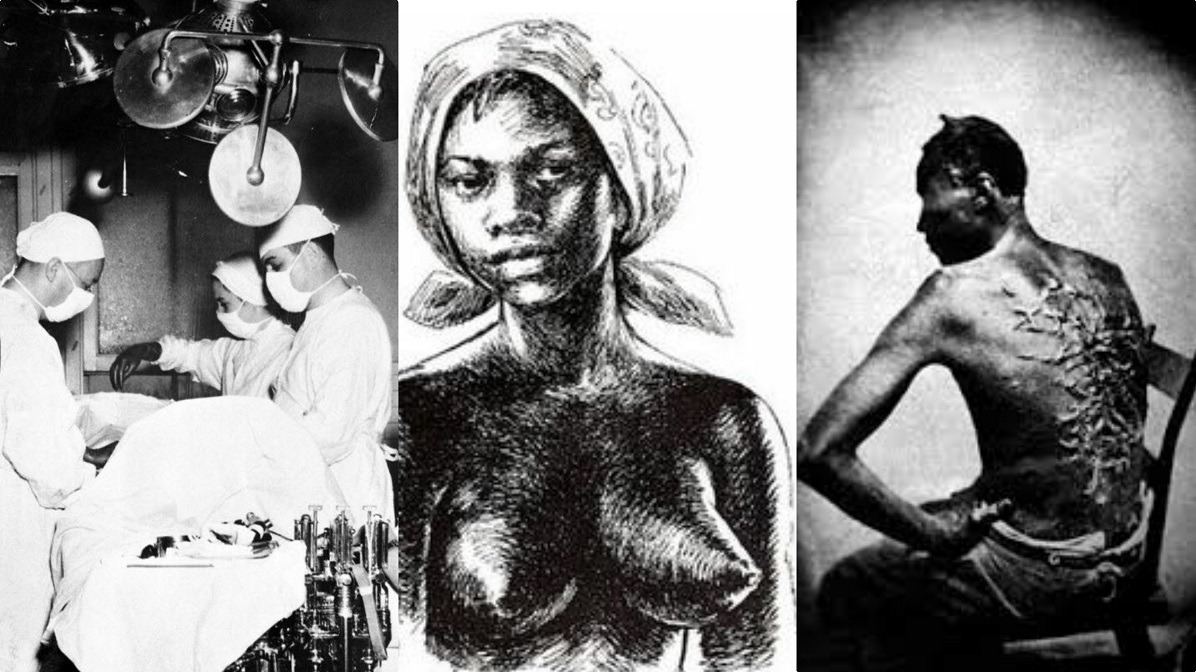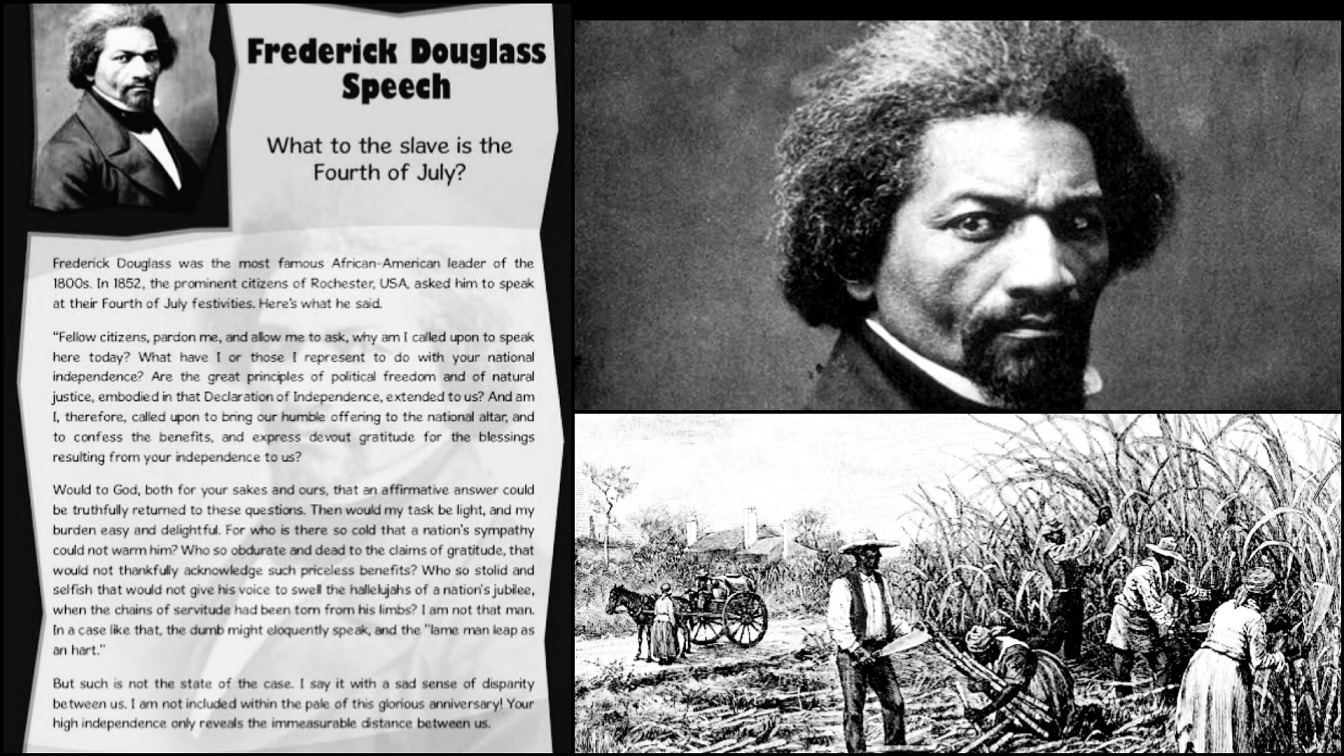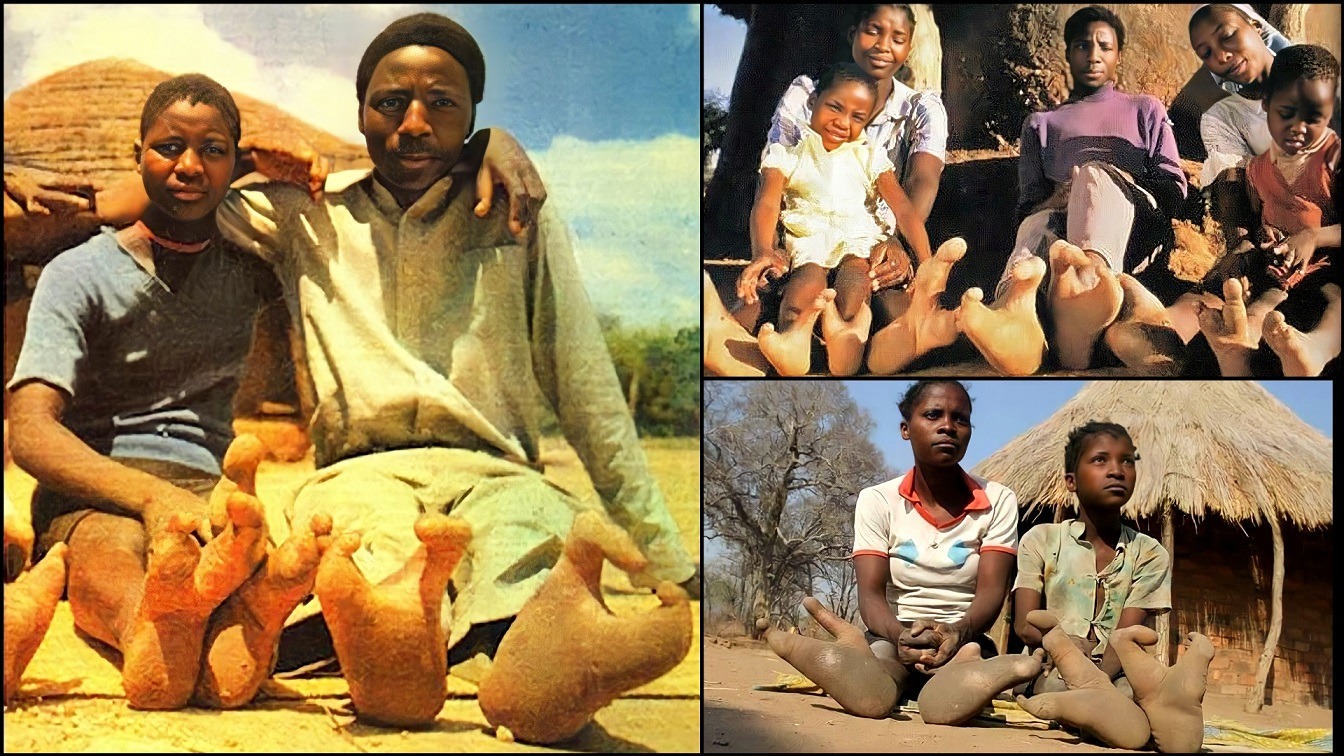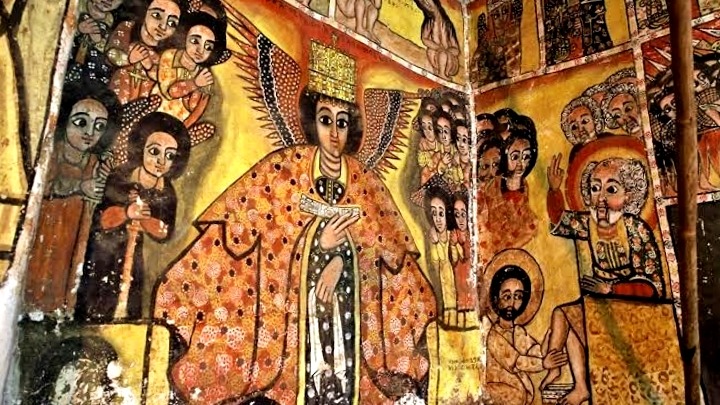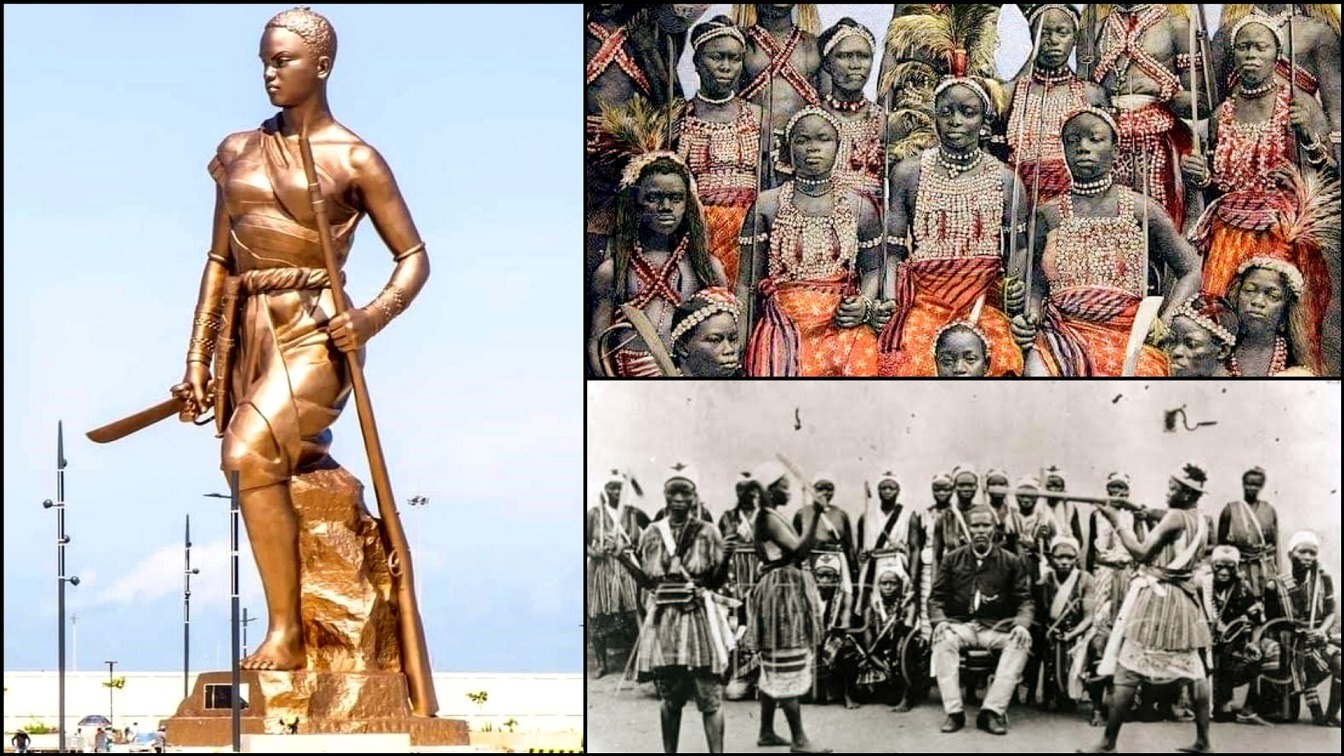The use of enslaved Africans, both living and dead, as guinea pigs for extreme medical experiments is one practice that was rampant during slavery. And even till today, in America, the less privileged in the society, majorly people of African descent are used as test subjects in various experiments.
African Americans were easy targets for ambitious and entrepreneurial white physicians in the slave south. Because the enslaved had no rights of their own, the slave owners could sell the living or dead bodies of enslaved Africans to these doctors.
This practice was way worse in the deep South, and it was heightened by their acrimonious hate for the Africans who they had under them. Accounts also narrate that body parts of slaves were also sold on the market to doctors, scientists, and others for different reasons. The use of the skin of African Americans for shoes were some of the byproducts of the body parts business in America.
But there is one question which comes to mind as this article is written, and that is: How come the white doctors and people could use Africans for medical experiments and later use the treatments gotten on themselves when they actually believed they were a more superior species? Doesn’t it point to a deep-seated confusion among the caucasian population?
As you ponder on that, we would love to give a few accounts of various instances enslaved Africans were used for medical experiments. These accounts were gotten from the historian Stephen Kenny’s “Power, opportunism, racism: Human Experiments Under American Slavery,” or the oral dictation of the former slave, John Brown.
These cases are a reflection of the horror and exceptional brutality of a few crazed or sadistic practitioners who were involved in slave experimentation. These accounts point to the harsh, ineffective, and experimental nature of medicine in America’s history.
Case 1:
In South Carolina around 1848, Dr. Harvey Leonidas Byrd and Dr. T.J. Dozier administered a 1hour 53 minutes of electro-convulsive current to a twelve-year-old slave girl named Harriet. Harriet was sent by her master to treat her violent, convulsive spasms. The little girl was subjected to heroic medical remedies of the time, which were bleeding, blistering, and purging. When those remedies proved ineffective, she was attached to an electro-magnetic battery and subsequently shocked.
She physically resisted the therapy, to the point that one of the doctors and another male medical assistant had to hold her and bind her. She even cried out, “you are burning my back” several minutes after the current had stopped. The doctors interpreted her painful outcry simply as proof that the treatment was a resounding success, considering that she had not been able to speak during her seizures in the past.
Case 2:
This type of medical experiment took place from 1817 to 1826 in South Carolina. A medical student, Elias S. Bennett, who was soon to be a Doctor, had access to a two-year-old slave girl born on his family’s plantation. She had developed a tumor behind her right ear, and Bennett, in an instance of medical cockiness, that was typical of Southern medicine, decided to perform what would end up being a failed surgery on her. The surgery caused the tumor to spread and grow into other tumors. One of the tumors grew into the size of an ostrich egg by the time the girl was 6.
After Bennett graduated from medical school, he purchased the girl and continued his experiments on her. She was then 11 at the time. She died at the age of 17 under his rigorous medical experimentations and as a piece of his personal property. Bennet wrote medical accounts about his work on her, saying that she was overrun by venereal proclivities and a constant need for masturbation. After her death, Bennett dissected her body, removed her skull, and gifted it to a medical collection in Baltimore.
Case 3:
In 1846, a “mulatto” slave man between the ages of thirty and forty came under the medical supervision of slave owner and physician, A.B. Crook. Previously exhibited as a medical curiosity to a group of doctors, the slave man, who had a pulsating tumor was diagnosed with a fungal infection.
Even though he admitted he was not familiar with such a disease, Crook deemed the diagnosis faulty and started immediate work on the slave man in an attempt to recreate his own “white professional capital.”
Prior to Crook’s intervention, the man’s skull had been initially cut open, leading to the growth of the tumor, which in turn caused degradation of major motor and speech skills. He could not control the right side of his body and was rendered physically incapable of speech, due to these experiments.
Crook first attempted tying the tumor, and after failing over the course of 4-5 days, he removed the tumor along with a portion of “healthy looking brain”. After the surgery, the portions of the brain protruded and continued to inflame and expand over the course of weeks until the slave died, with “a large amount of very offensive, and thick fluid discharged with the brain and blood…”
Case 4:
In the 1840s, John Brown, a slave on a plantation, was subject to a variety of experimental tests and procedures administered by a local doctor named Thomas Hamilton. The experiments were done all under the collusive discretion of his master, Stevens.
Primarily, Hamilton was interested in finding a cure for sunstroke. In order to test the efficacy of his various concoctions, he had a few of Stevens’ slaves construct a pit filled with oak bark on one end of the plantation. The pit would be set on fire with a stool resting on a plank just above the fire, and John Brown, who had been forced to strip naked, would sit on the stool after being administered one of Dr. Hamilton’s medicines and watched until he collapsed from heat exhaustion.
Hamilton, would mark the degree of heat in each session, and then conduct these trials continuously until he had a marketable result. Each session was carried out after Brown’s full day of work on the plantation. Due to his experiments on John, Hamilton became obsessed with finding the physiological differences between blacks and whites.
When John Brown gave his testimony about the experiments he was used for, he said:
“He set to work to ascertain how deep my black skin went. This he did by applying blisters to my hands, legs, and feet, which bear the scars to this day. He continued until he drew up the dark skin from between the upper and the under one. He used to blister me at intervals of about two weeks.”
Conclusion
When one does an online search regarding slave experimentation, one would immediately find the names J. Marion Sims and Crawford Long. Sims has been said to be a pioneer and father of modern gynecology and obstetrics. His statues litter medical campuses and public spaces across the United States, as it was, he who developed the speculum as well as a working surgery and surgical position for operating on vesicovaginal fistulas—a post-birth complication that leads to uncontrollable infection and urination.
Sims only performed his initial surgeries on enslaved African women, the majority of whom he purchased for purposes of unbridled experimentation. It is said that he operated on some patients over thirty times.
Despite his fame and general reputation in medicine, Sims was instrumental in promoting damaging myths surrounding female and black bodies. He saw vaginal surgery as a minor one and refused to give anesthesia for every single black patient he performed surgery on.
He also helped to promote the medical stereotype that black women retain a much higher pain tolerance than white patients.
Crawford Long is renowned for his development of ether as an anesthetic. He is also generally revered as a modern medical pioneer. But despite his acclaim, his methods were somewhat inhumane. He experimented heavily on two enslaved African boys by testing various amounts of ether on them during amputations of some of their toes and fingers. That is, he cut off their toes and fingers for experiments.
Both Sims and Crawford are cited in debates about medical ethics and the generational abuse and racism in medicine.
It is important to note that these few cases cited here are only but a pinch from the hundreds and thousands of African slaves whose bodies and body parts were used for ungodly experiments in America.
